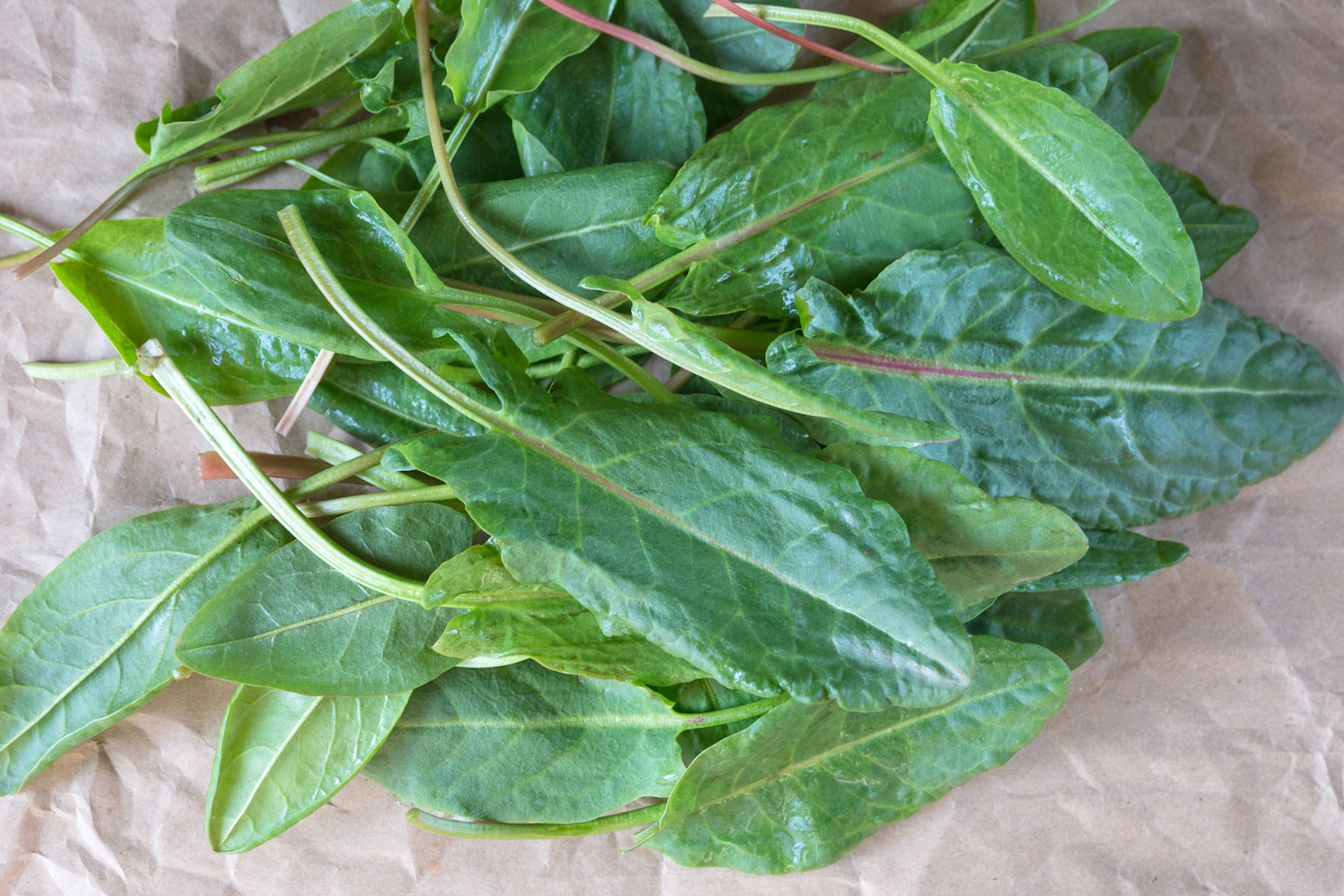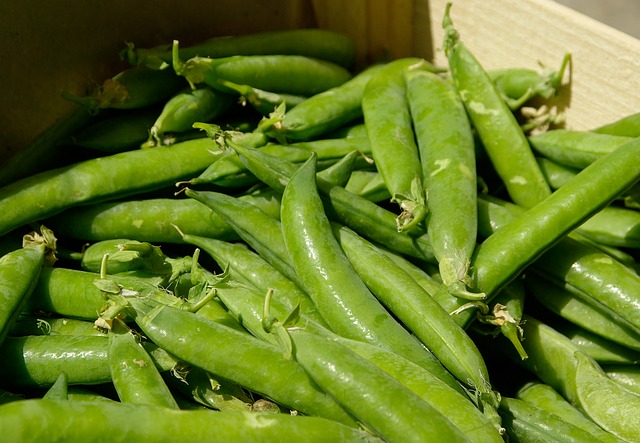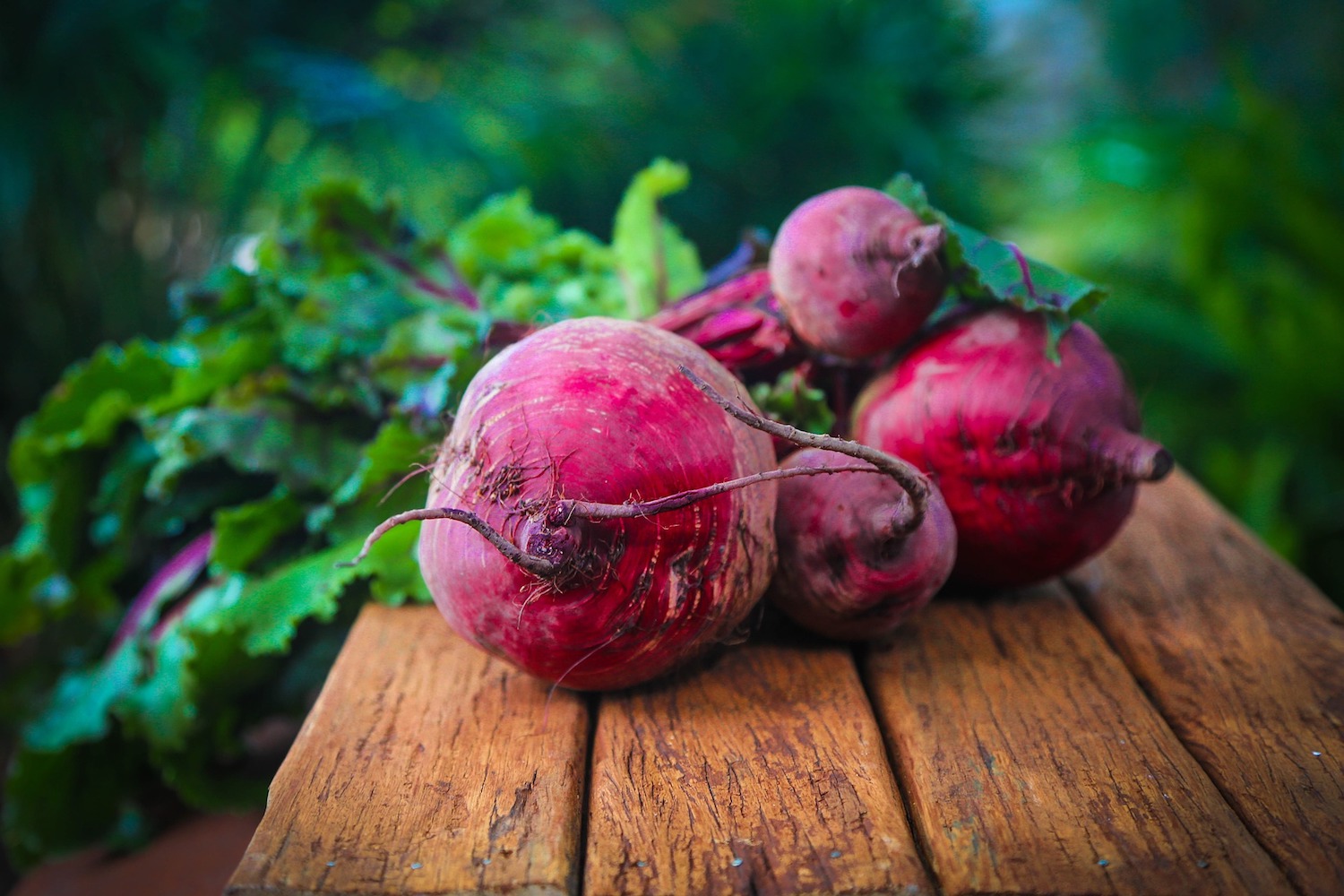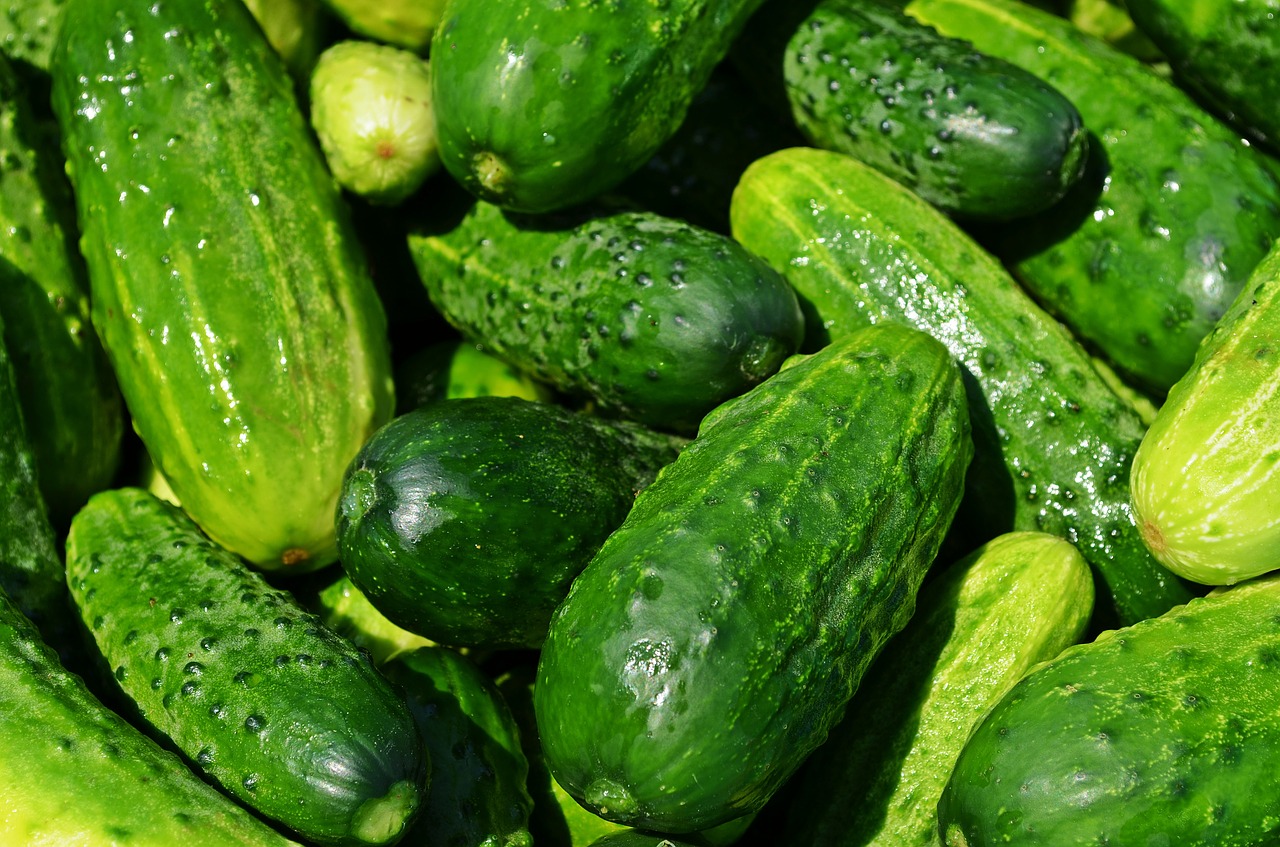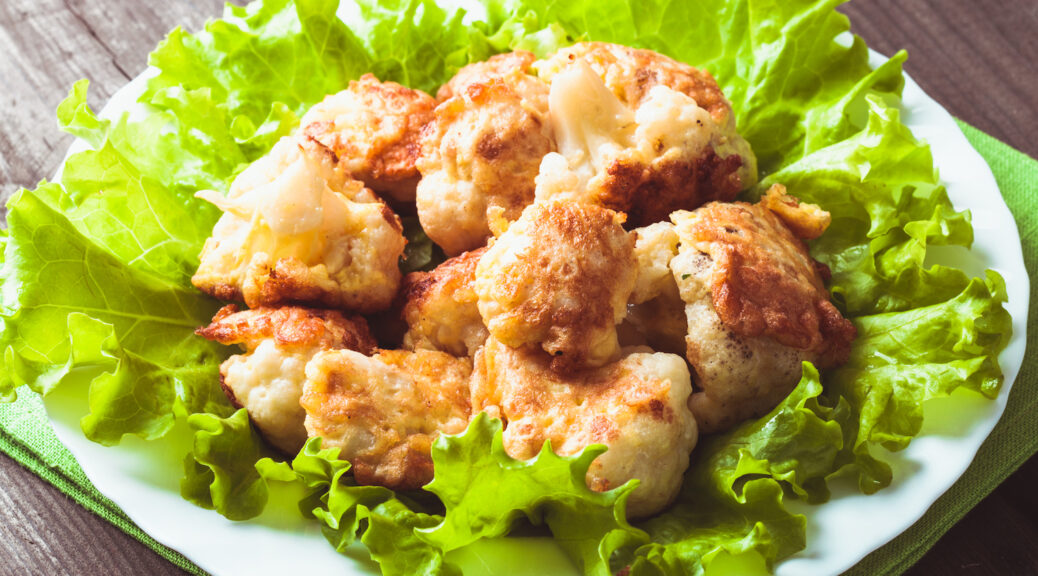Using Common Garden Sorrel
Common or garden sorrel has a tart, lemon flavor and was popular in the 1800s. The larger leaves were used for soups and sauces and the young leaves for salads. I haven’t been able to find out why people quit using it, but it now seems to be making a comeback. You probably won’t find sorrel in a grocery store because it doesn’t ship or store well, even when refrigerated. It doesn’t tolerate heat well, so try growing it as…
